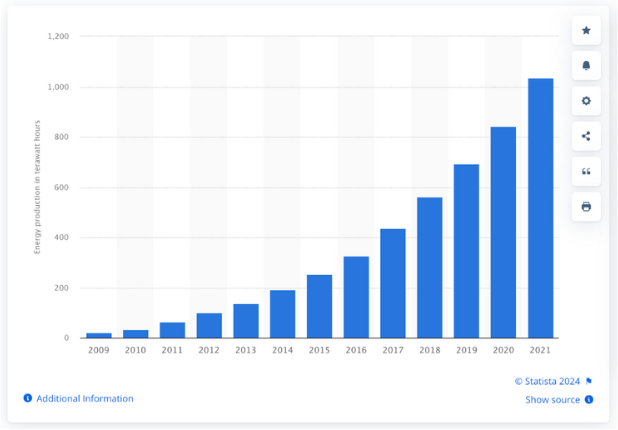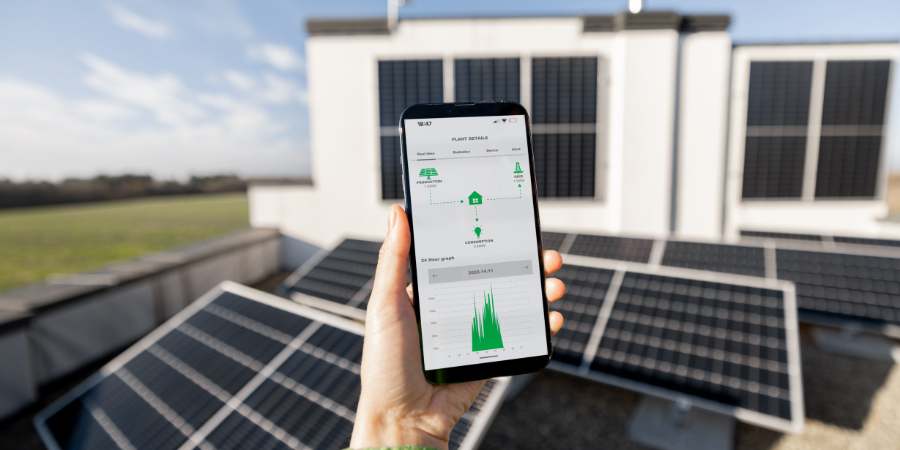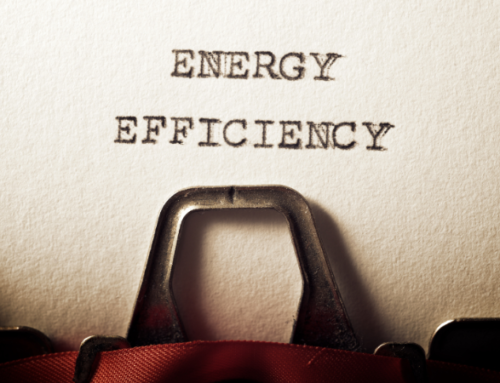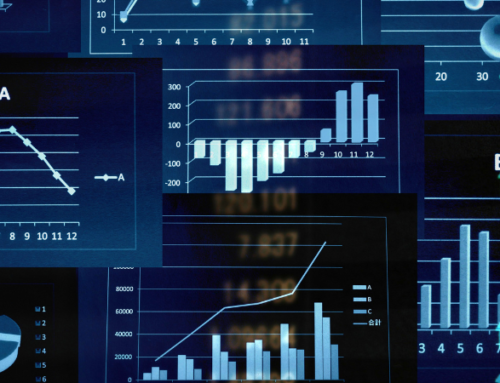In an era where sustainable energy transition is paramount, the energy sector is experiencing a revolutionary shift, propelled by cutting-edge technology. This digital transformation in the energy industry is driven by the integration of renewable energy sources, the development of sustainable electric grids, and the innovative use of battery storage systems. Moreover, technologies such as Artificial Intelligence (AI), the Internet of Things (IoT), and blockchain are playing pivotal roles in optimizing energy efficiency and grid management. Equally important are customer-facing solutions, which are redefining how consumers interact with their energy providers and the electric grid. Read on as we delve into this technological energy revolution.
What Is Digital Transformation In The Energy Industry?
Technology has impacted virtually every sector of the global economy, and the energy industry is no different. Over the last two decades there have been many technological advancements that have had a profound impact on both the retail and wholesale energy markets, energy efficiency solutions, and renewable energy. Let’s explore some of these technological trends in more detail.
Renewable Energy
One of the biggest advancements in the energy sector is related to a massive shift towards renewable energy. Solar energy production has made exponential improvements becoming more efficient and a larger part of the global energy economy. The chart below shows global solar energy production since 2009:

As technology in the solar and renewable energy industry continues to improve, more and more energy generation is shifting towards renewable sources. The enhanced technological changes allow these assets to become more efficient, produce more electricity, and present a lower cost of ownership.
Distributed Generation & Microgrid Technologies
Distributed generation and microgrid technologies represent a major shift in the way we think about and manage energy generation and consumption. Distributed generation refers to the decentralized production of electricity that is located near to consumers. This approach is quite opposite of the centralized power grid, and can encompass a wide range of energy sources, like solar, wind power, and natural gas on-site generation. This allows for a more secure electric supply and can even be more cost effective as electrical transmission networks are not needed.
These distributed generation assets are often referred to as microgrids, or microgrid technology as they create mini-versions of our electric grid in different locations. Microgrids can power a single facility or a larger community, and they are managed through sophisticated control systems that optimize energy production, energy storage, and consumption. One of the most significant advantages of distributed generation and microgrids is their ability to operate in “island mode,” or autonomously, during broader grid outages.
Advancements in AI, IoT technologies, and blockchain are making these systems smarter and more efficient. Let’s explore these
AI, IoT, and Blockchain
Emerging technologies such as artificial intelligence, internet of things, and blockchain are shaping our modern world. They are also transforming the energy landscape. Let’s explore each of these in more detail.
Artificial intelligence (AI)
Artificial Intelligence (AI) is revolutionizing the energy industry, especially in the realms of renewables, microgrids, and electric grid management. In renewable energy, AI algorithms optimize the operation of solar and wind farms by predicting weather patterns, such as sunny and windy days. This leads to a more efficient and stable supply of renewable energy. In the context of microgrids, AI plays a crucial role in balancing energy supply and demand. By analyzing data from various distributed energy sources, AI can predict energy usage patterns and manage the distribution of energy resources efficiently in a microgrid environment. Furthermore, AI is instrumental in electric grid management. It can predict and respond to electric grid disruptions in real-time as well as help predict total electricity demand in an effort to better dispatch generators for lower cost electricity.
Internet Of Things (IoT)
The Internet of Things (IoT) is making significant strides in transforming the energy sector. IoT is a technology that allows multiple, unique devices to connect to each other to form a network. Unlike centralized networks, IoT networks are more scalable and can span long distances. IoT devices provide real-time data in microgrids, where IoT sensors and devices help manage the distribution of energy generated from various sources. In terms of electric grid management, IoT technology facilitates the transition to smart grids, which are essential for handling the complexities of modern energy demands. Smart meters and connected devices within the grid network provide valuable energy consumption data that can be used to optimize energy flow, detect faults quickly, and even predict maintenance needs.
Blockchain Technology
Blockchain is emerging as a transformative force in the energy sector. This tech enables transparent and secure tracking of energy production and consumption, allows for more security in the electric grid, and fosters the creation of decentralized energy markets, where consumers can buy, sell, or trade renewable energy directly. Additionally, blockchain enhances electric grid management by providing a secure, transparent way to record and validate transactions and energy flows, improving grid stability and efficiency. Blockchain, although in its infancy, has significant potential to revolutionize the way we view energy in our daily lives.
Energy Efficiency
In the world of energy efficiency, technology has been shaping this sector for decades. With the onset of LED lighting, demand response programs, and smart thermostats, technological trends are helping consumers use less energy, become more efficient with their energy consumption, and ultimately save on costs. One of the more emergent technologies in this space includes energy storage systems and the coupling of this technology with other energy efficiency programs. Today, electricity utilities and consumers alike are installing battery storage systems that allow them to shave peak electricity load during times of high demand. Not only does this allow them to use less energy over the course of a year, it can also benefit them financially in many ways. Peak load shaving through technology can cut capacity costs in electricity rates, lower energy delivery costs that are calculated using energy tariffs and even reward customers with cash by participating in demand response programs.
How The Digital Transformation Will Change The Industry
The digital transformation in the energy industry represents a shift towards a more dynamic, efficient, and sustainable future. New technologies such as AI and blockchain are set to eliminate many of the manual processes plaguing electric grid operators and energy companies today. These technologies are collectively driving the development of smarter, more resilient microgrids and promoting the widespread adoption of renewable energy sources. The digital transformation is reshaping the energy economy from traditional, centralized models to more decentralized, sustainable, and consumer-facing energy systems. As these technologies continue to enhance, we will see drastic changes in how we receive, pay for, and consume energy.
How The Digital Energy Revolution Is Impacting Customers And Energy Brokers
As a commercial and industrial user of energy, technology will begin to shape the way you view energy and its related costs for your organization. As an energy broker, these technologies will also change how you service your energy customers and provide them with solutions. For example, IoT technology can be implemented in a facility to relay energy consumption data to a software program in real-time. If programmed properly, this can allow the building to react in an attempt to save on energy costs. Thermostat temperature can be automatically adjusted based on outside weather conditions, machinery can be turned off when energy prices are trending higher, and predictions in energy market prices can be utilized to better predict and hedge lower supply costs. Technology has been shaping our personal lives for many years, and the energy sector is prime for a fundamental shift.
Need Help Navigating Energy Technologies?
At Diversegy, we pride ourselves on being an energy brokerage firm that is on the cutting edge of the digital transformation in the energy sector. Not only is our team up-to-speed on all of these latest trends, but we are also utilizing many energy technologies to better serve our customers. Contact us today to learn more about how we can help you implement technology to improve your energy strategy.



